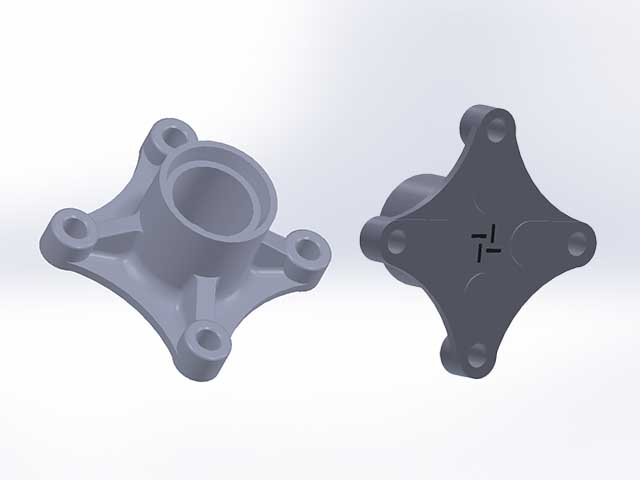Comprehending Insulator End Fittings in Compound Insulators

Insulators are necessary elements in high-voltage power transmission systems as they play a vital function in maintaining the electric current moving securely. Compound insulators, additionally called non-ceramic or polymer insulators, have ended up being much more prominent due to their much better performance and longevity. Insulator end fittings are essential parts that attach the insulator to the conductor or various other elements in a transmission line. In this post, we will certainly check out the significance of insulator end fittings, the different kinds readily available, setup techniques, materials utilized in their construction, and appropriate requirements.

The Role of End Installations in Compound Insulators:
End fittings are important parts for composite insulator setup and link. They safeguard the insulator to the structure and stop it from escaping from the conductor. End fittings additionally give a reputable mechanical user interface in between the insulator and the structure, ensuring that the insulator's load-carrying capability is not jeopardized. They are also in charge of transferring the tensile and compressive lots from the insulator to the tower or pole and absorbing any bending minutes.
Sorts Of End Fittings: An Extensive Review:
There are several sorts of insulator end installations available, depending upon their application and structure type. The most common ones include ball-and-socket, tongue-and-clevis, socket-eye, and yoke installations.
Ball-and-socket fittings are composed of a ball-socket coupling that enables for angular motion along a radial airplane, making them ideal for locations with high wind loads. Tongue-and-clevis fittings provide similar angular activities however with less resistance to axial loads. They are the most generally made use of fitting in overhanging transmission lines. Socket-eye installations supply a safe straight-line pull and are typically made use of where the insulator axis needs to be according to the conductor axis, while yoke fittings are for use when the conductor needs to be kept in a set position.
Installation Strategies for Insulator End Fittings:
End fittings can be set up using various techniques, depending upon the operational conditions and the design requirements. One of the most usual approaches is the crimping method, where end installations are affixed to insulators making use of a specific kinking tool. One more technique is the mechanically lined technique, which entails permanently attaching the steel end suitable to the insulator making use of epoxy glue. The shot molding method involves infusing the polymer material right into the metal end suitable, enabling a strong bond between the 2 materials.
Product Option for Durable Insulator End Fittings :
The option of material for insulator end installations plays a vital function in their long life and toughness. The most generally used materials are light weight aluminum, steel, and composite materials. For ball-and-socket installations, aluminum is a prominent selection due to its high strength-to-weight proportion and deterioration resistance. For tongue-and-clevis installations, steel is typically utilized due to its high stamina and strength. For socket-eye installations, both steel and light weight aluminum are generally utilized, while composite products are made use of for yoke installations because of their excellent insulation and corrosion-resistant buildings.
tower hardware and Laws Governing Insulator End Fittings:
To make certain the safety and security and integrity of power transmission systems, several criteria have been established to regulate the layout, screening, and manufacture of insulator end installations. A few of these requirements consist of IEC, ANSI, and GB criteria, which cover important elements such as mechanical stamina, electrical residential properties, and ecological performance. In addition, governing bodies, such as the National Electric Safety Code (NESC) and the Occupational Security and Health And Wellness Management (OSHA), have actually also developed guidelines to regulate the risk-free operation and maintenance of transmission lines.
Insulator end installations are crucial elements in the power transmission system, and their proper installment, product choice, and adherence to requirements are essential for system safety and security and reliability. Comprehending the various kinds of end installations offered, installment methods, materials, and criteria can help system drivers and designers make notified decisions when choosing and setting up insulator end fittings. They likewise play an important function in the system's general sustainability by making sure that power is provided securely and efficiently.
